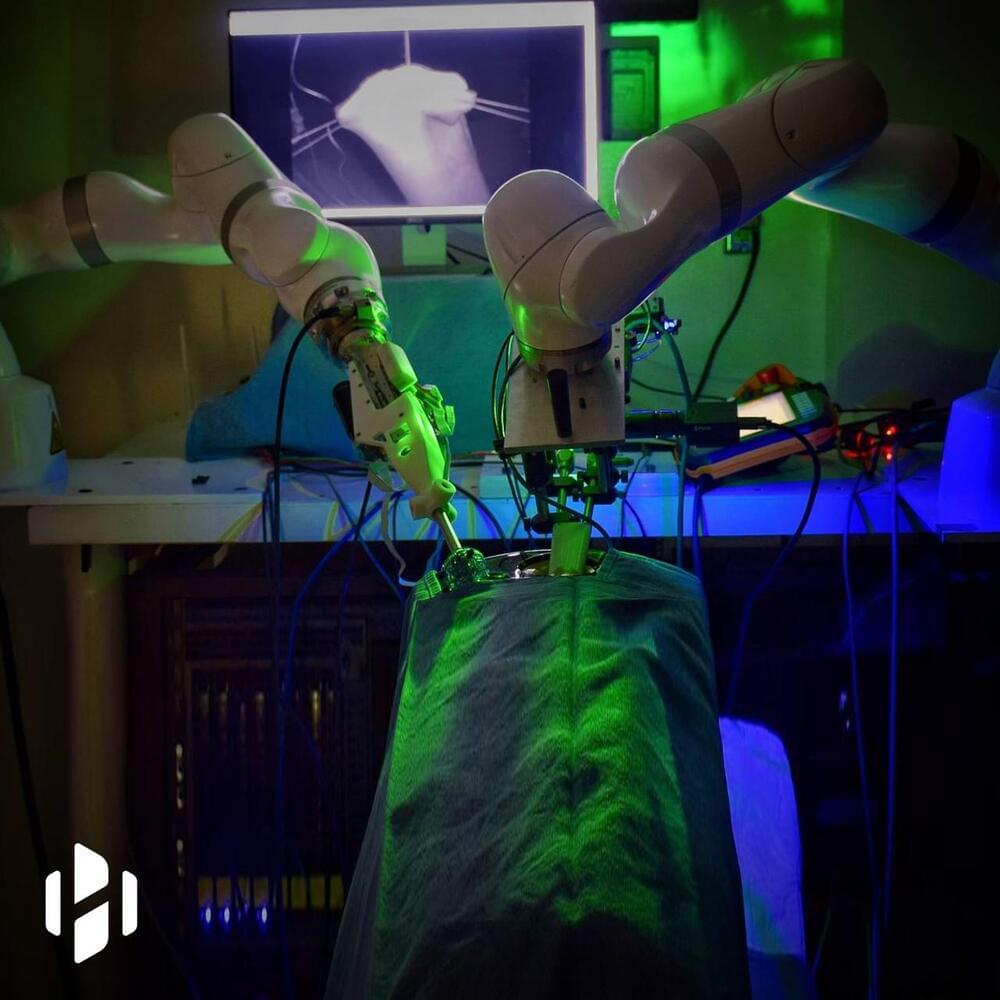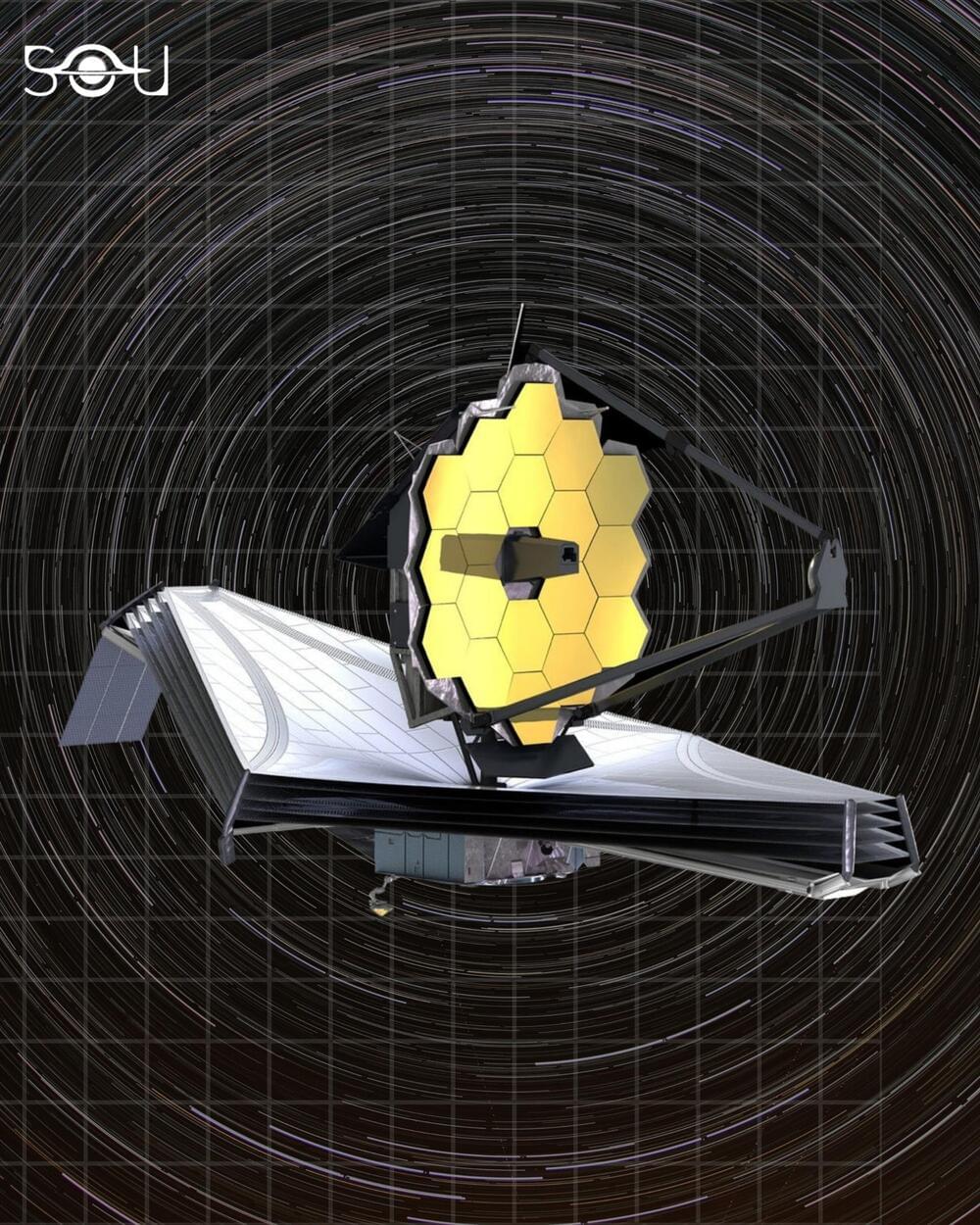Feb 4, 2022
Russia is working on 120mm artillery firing guided-jet sliding ammo
Posted by Shubham Ghosh Roy in categories: futurism, military
Rostec and Russian MoD plan in 2022 to begin state tests of the latest Russian development in artillery defense — self-propelled airborne 120mm Lotus artillery.
MOSCOW, ($1=76.33 Russian Rubles) — The Russian state company Rostec and the Ministry of Defense of the Russian Federation plan in 2022 to begin state tests of the latest Russian development in artillery defense – self-propelled airborne 120mm Lotus artillery. The information was disseminated by the state news agency TASS, based on a press release from Rostec.
Continue reading “Russia is working on 120mm artillery firing guided-jet sliding ammo” »

















